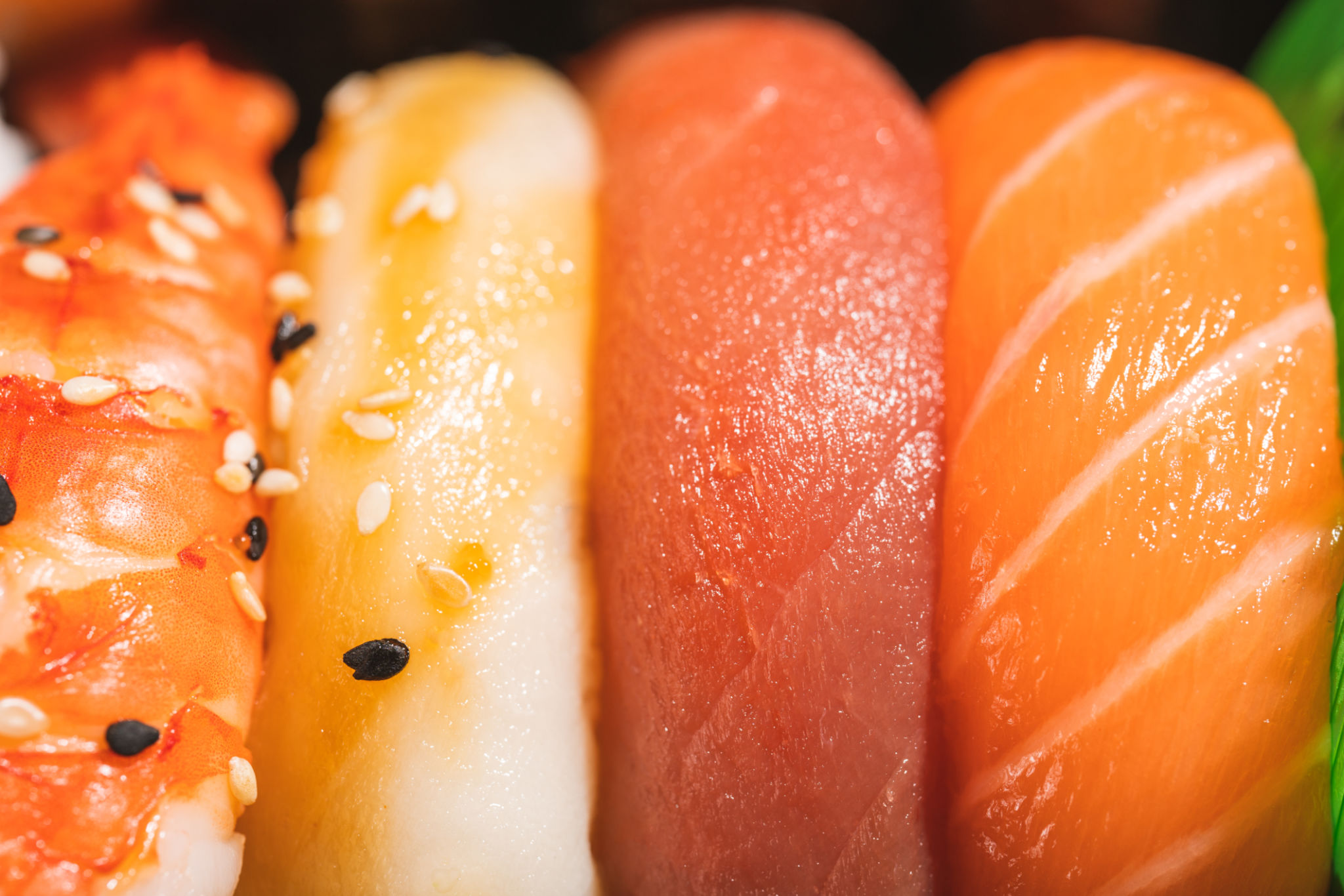Sushi vs. Sashimi: Understanding the Delicate Differences
Introduction to Sushi and Sashimi
For many, Japanese cuisine is synonymous with sushi, a dish that has become a beloved staple around the world. However, for those new to Japanese culinary arts, the distinction between sushi and sashimi can be a bit confusing. Understanding these differences not only enhances your dining experience but also deepens your appreciation for the culinary traditions of Japan.

What is Sushi?
Sushi is a dish that primarily consists of vinegared rice accompanied by a variety of ingredients, which may include seafood, vegetables, and occasionally tropical fruits. The key component of sushi is the rice, which is seasoned with a mixture of vinegar, sugar, and salt. Sushi can be prepared in various forms, such as rolls (makizushi), nigiri (rice topped with fish), or even in bowls (chirashi).
While many associate sushi with raw fish, it's important to note that not all sushi includes raw seafood. Vegetarian sushi or those with cooked proteins are also quite popular. The versatility of sushi makes it a delightful option for diverse palates.
Exploring Sashimi
Sashimi, on the other hand, is all about the purity and flavor of the seafood itself. It consists of thinly sliced raw fish or meat, served without rice. This dish focuses on the quality and freshness of the ingredients, as there are no additional components to mask the taste. Common types of sashimi include tuna, salmon, and yellowtail, though many other seafood varieties can be enjoyed in this form.

The art of preparing sashimi lies in the expert slicing technique used to enhance the texture and flavor of the fish. Each piece is typically seasoned with soy sauce and wasabi, allowing diners to savor the natural taste of the seafood.
Key Differences Between Sushi and Sashimi
To further clarify the differences between sushi and sashimi, consider these key points:
- Rice vs. No Rice: Sushi includes vinegared rice, while sashimi does not.
- Raw vs. Cooked Options: Sushi can feature both raw and cooked ingredients, whereas sashimi is exclusively raw.
- Focus on Ingredients: Sashimi highlights the quality of the seafood alone, while sushi offers a combination of flavors.
Pairing and Presentation
The presentation and pairing of these dishes also play crucial roles in their enjoyment. Sushi is often accompanied by pickled ginger, wasabi, and soy sauce, allowing for a balance of flavors that complement the dish's ingredients. In contrast, sashimi is typically served on a simple platter to emphasize the elegance and freshness of the fish.

Both sushi and sashimi are paired with sake or green tea to cleanse the palate and enhance the dining experience. The subtle flavors of these beverages complement the delicate taste profiles of the dishes.
Choosing Between Sushi and Sashimi
Your choice between sushi and sashimi depends largely on your personal taste preferences. If you enjoy a variety of textures and flavors, sushi might be your go-to option. However, if you prefer to savor the pure taste of fresh seafood, sashimi could be more appealing.
Regardless of your choice, both dishes offer a unique glimpse into Japanese culinary artistry, showcasing traditions that have been refined over centuries.
Conclusion
Sushi and sashimi each offer their own unique experiences for diners seeking authentic Japanese cuisine. By understanding their differences, you can make informed choices that enhance your enjoyment of these exquisite dishes. Whether you prefer the complex flavors of sushi or the simplicity of sashimi, your culinary journey through Japan's rich food culture promises to be an unforgettable adventure.
